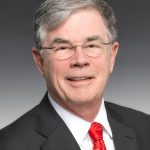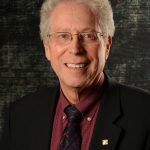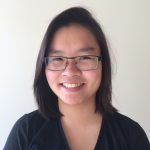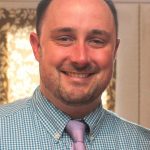Brief
A New Year for Connected Science Learning
Connected Science Learning January-March 2018 (Volume 1, Issue 5)
By Dennis Schatz
Connected Science Learning Editor Dennis Schatz provides readers with news about behind-the-scenes updates for the journal.
Funding to support Connected Science Learning
We are delighted to announce that The Kavli Foundation will provide partial support for producing the 2018 issues of Connected Science Learning. In addition, the Association of Science-Technology Centers and National Science Teachers Association (NSTA) have agreed to provide funds from their annual operating budgets to support the journal’s publication. Part of the Kavli funding will support the development of long-term business and marketing plans, which we hope will identify the means for the publication to be self-supporting in the future.
Connected Science Learning is now a quarterly journal
Starting this year, Connected Science Learning will be published quarterly, with each issue being sent to you in three parts. This means you will receive new content each month—typically two feature articles and one brief.
As Connected Science Learning takes this next step in its evolution, I thought it would be the perfect time to introduce you to the people at NSTA who make the journal possible and produce the final product:
- David Evans (Executive Director) – It was his idea to develop an informal science journal that would allow NSTA to highlight programs that connect STEM learning in and out of school. David’s ability to communicate the need for such a journal helped secure the National Science Foundation grant that allowed NSTA to launch Connected Science Learning.
- Ken Roberts (Assistant Executive Director, Periodicals) – He oversees the publication of all five NSTA journals. His leadership helped develop the concept of a web-only journal.
- Dennis Schatz (Field Editor) – He is the initial link with potential authors, encouraging them to submit manuscripts for possible publication. He also arranges for the submission review process and works with authors to ensure the contribution content is appropriate for publication.
- Kate Lu Sedor (Managing Editor) – She edits the final manuscript draft and works with NSTA designers and web staff to put it in final form for publication.
- Joe Butera (Graphic Designer) – He produces the final layout that you see on the web to ensure it is enjoyable to read. He also led the initial design and building of the journal website.
It is these people who make sure the journal produces feedback like this one from a reader of an earlier issue:
I really enjoyed the first issue, and could not stop until I read it completely.
Seeking suggestions for future issue themes
We hope you equally enjoy this issue, which includes a number of contributions related to the theme of Connected STEM Learning in Environment Settings. We hope you are intrigued by the Soundscapes contribution that focuses on sounds found in environmental settings—especially as it relates to providing effective environmental experiences for visually impaired youth.
Themes for the next five issues are already established:
- STEM Learning Through Citizen Science Experiences (spring 2018 publication)
- Making Experiences That Inspire STEM Learning (summer 2018 publication)
- STEM Learning Connected to After-School Settings (fall 2018 publication with April 15, 2018, submission deadline)
- Learning That Inspires Interest in STEM Careers (winter 2019 publication with July 15, 2018, submission deadline)
- Increasing Accessibility in Out-of-School Settings, especially for youth with all types of disabilities and English language learners (spring 2019 publication with October 15, 2018, submission deadline)
We want to hear from you regarding what themes you think we should feature in future issues. Please send your ideas to Dennis Schatz at schatz@pacsci.org.
All of us connected with Connected Science Learning wish you an enjoyable and productive 2018.
Dennis Schatz (dschatz@pacsci.org) is the Editor of Connected Science Learning and Senior Advisor at the Pacific Science Center in Seattle, Washington.






